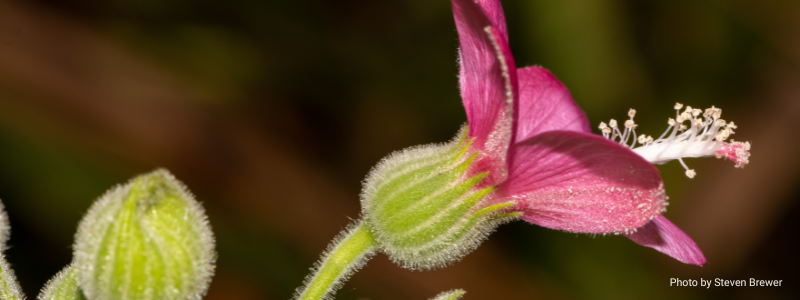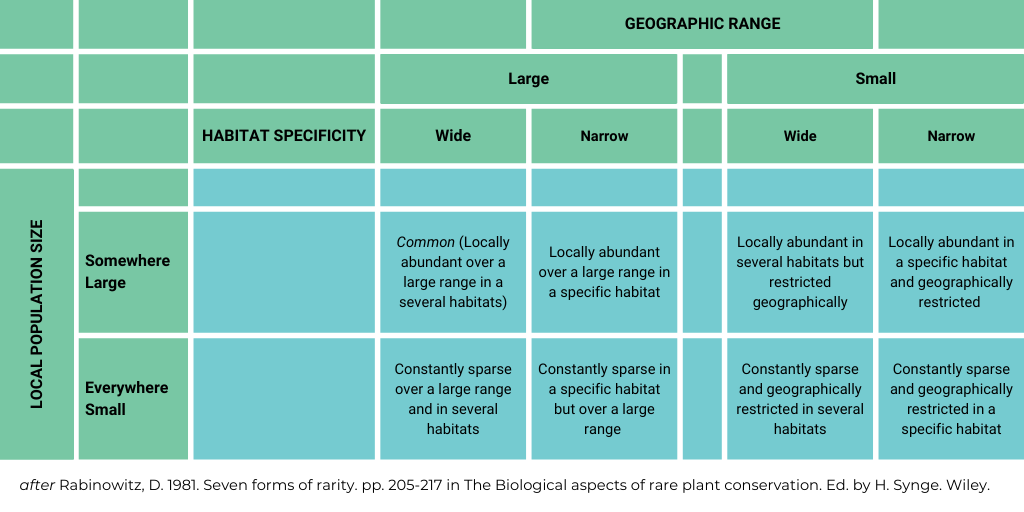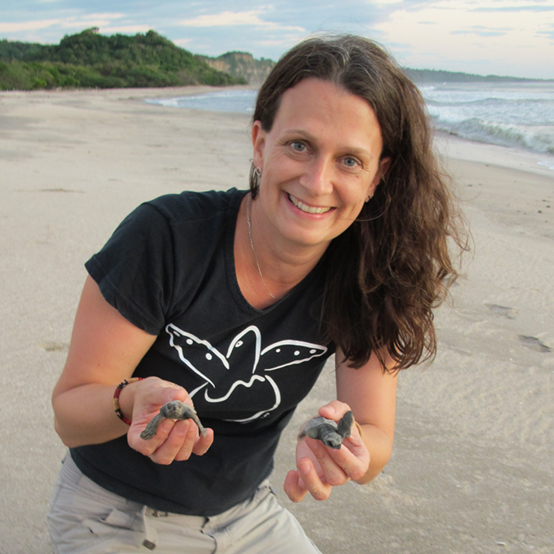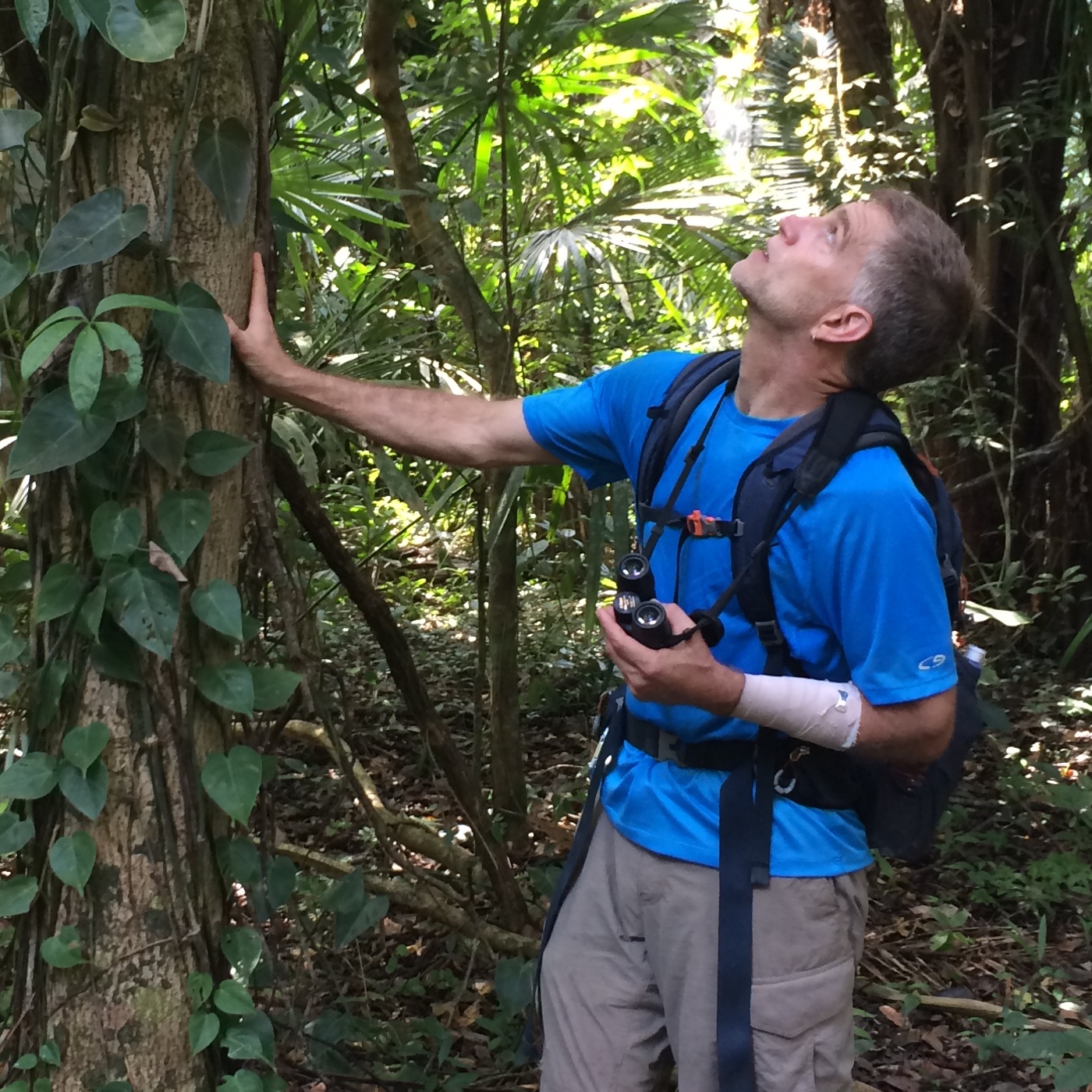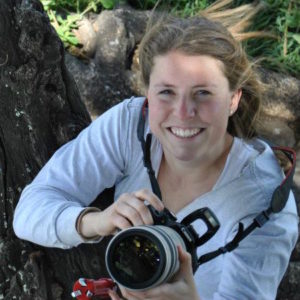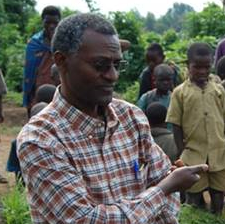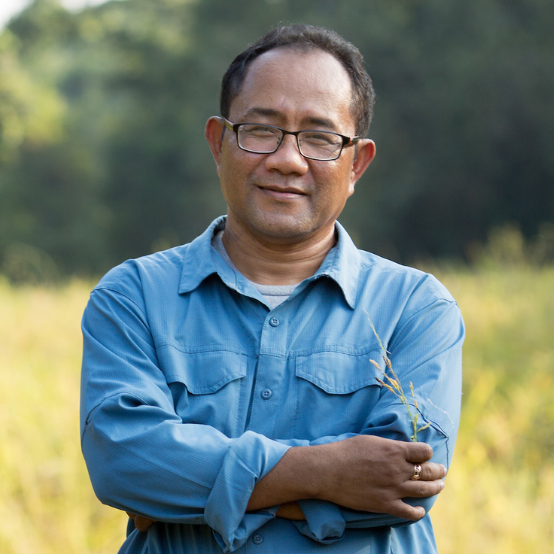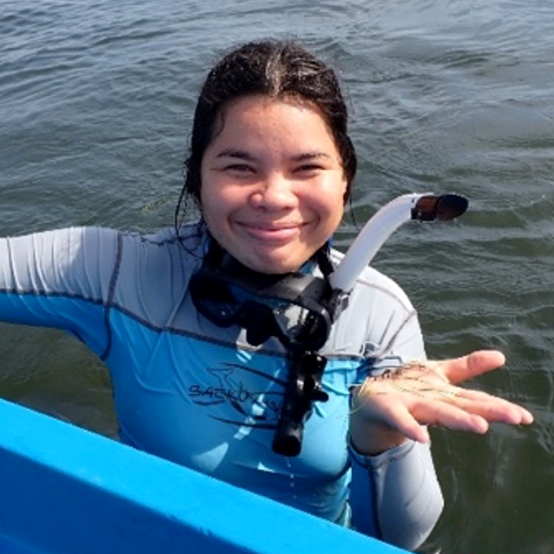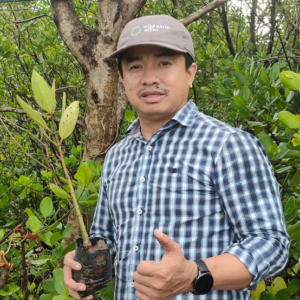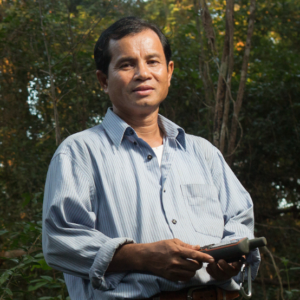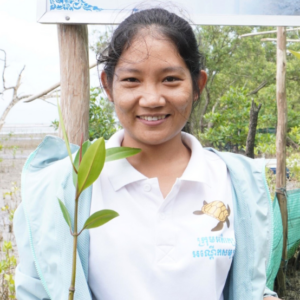Although it is fun to collect new plant species records for Belize, second or third records can be just as exciting and illuminating. They often deepen the mysteries of these species, the discovery creating more questions than answers. Some of Belize’s tree species are represented by only one or two collections, and most of these discoveries were made over 50 years ago.
Does this mean they are rare?
Some species and the areas where they grow are simply under-botanically explored. Inga belizensis, for example, has in the past been poorly collected. However, it is widespread and common in some parts of Belize, especially in the Mountain Pine Ridge and other granitic soils in the Maya Mountains. Yet it was not until I began conducting botanical surveys around Belize that it became apparent that the few collection records belied its true distribution and abundance.
On the other hand, some species are under-collected because they are unlikely to be encountered – one definition of rarity. But what does that mean specifically and how can rarity be conceptualized?
In her seminal approach to classifying organisms by their distribution and abundance, Rabinowitz (1981) developed a 3-way classification, resulting in seven forms of rarity. Although it is a simplification of rarity, her system is useful in exploring why a species is rare and what should be done to conserve rare species. In this system, two possibilities exist for each of three aspects of a population. The geographic range of a species may be wide or narrow; habitat specificity may be broad or restricted; and local population size may be somewhere large or everywhere small. A species is rarer the farther to the right and down in the classification scheme presented below:
The case of Pavonia malacophylla
In February of 2020, Louis Peña, Lee Jones, and I discovered a small population of the arborescent shrub/treelet Pavonia malacophylla (Malvaceae). The population is on Bull Run property in the Mountain Pine Ridge, a vast area of woodland, forest, and savanna vegetation on granite-based soils with pines, Clethra, oaks, craboo, graminoids, and tiger ferns, among many plant species.
The epithet “malacophylla” literally means “soft leaf”. Resembling Hibiscus, the ‘soft leaf pavonia’ is equally beautiful but differing from Hibiscus in some technical characters, including fruit type (schizocarp vs. capsule in Hibiscus) and flower characters (styles 10 vs. 5). The seeds are dispersed by gravity and probably by birds.
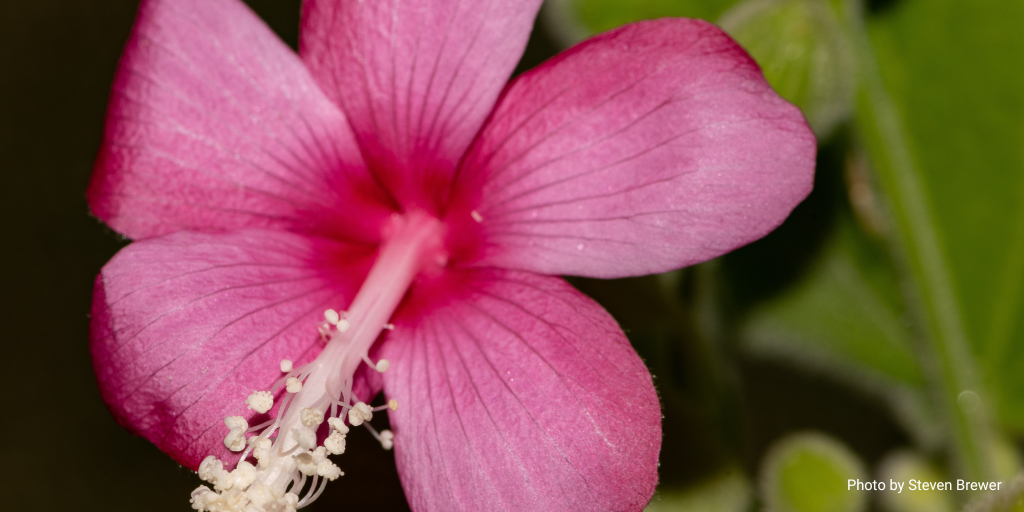 Pavonia malacophylla.
Pavonia malacophylla.
Our collection of soft leaf pavonia was only the second recorded for Belize. The first collection was made over 50 years ago in 1970 in disturbed savanna (mined for road fill) along the western highway near what is now the Belize Zoo. The collectors noted that the species was rare. Both collections were made in fire-disturbed pine-oak woodland and savanna.
Given the attention paid to savannas in Belize by Zoe Goodwin (UK botanist), German Lopez (Belize Forest Department) and colleagues, and other botanists, it would seem that more collections should have been made of Pavonia malacophylla were the species more common than collection records reflect.
Most plant species associated with or dependent on disturbance are common (think “weeds”), but some disturbance-dependent species are rare. Why? Having a specialized habitat or loss of habitat, loss of disturbance (e.g., through fire suppression), poor dispersal mechanisms, loss of or limited mutualist partners (dispersers, pollinators, mycorrhizal fungi) are some reasons. Rare plants may also be more susceptible to “enemies” such as soil pathogens.
That soft leaf pavonia is rare remains a mystery. Perhaps this pavonia needs an unlikely combination of special conditions for seed germination and seedling survival. Or perhaps the population is so small, that it has yet to build a population robust enough to withstand the predation of its seeds and/or attack by herbivores and pathogens. Soft leaf pavonia is widespread in eastern Brazil, where its fibrous bark is sometimes used for cordage. It also seems common in some parts of southern Mexico. Otherwise it has a sporadic distribution in the Neotropics and is apparently rare in Central America.
Rare species are more susceptible to extinction than common species. To protect a rare species like Pavonia malacophylla, we must first unravel the mystery of why that species is rare.
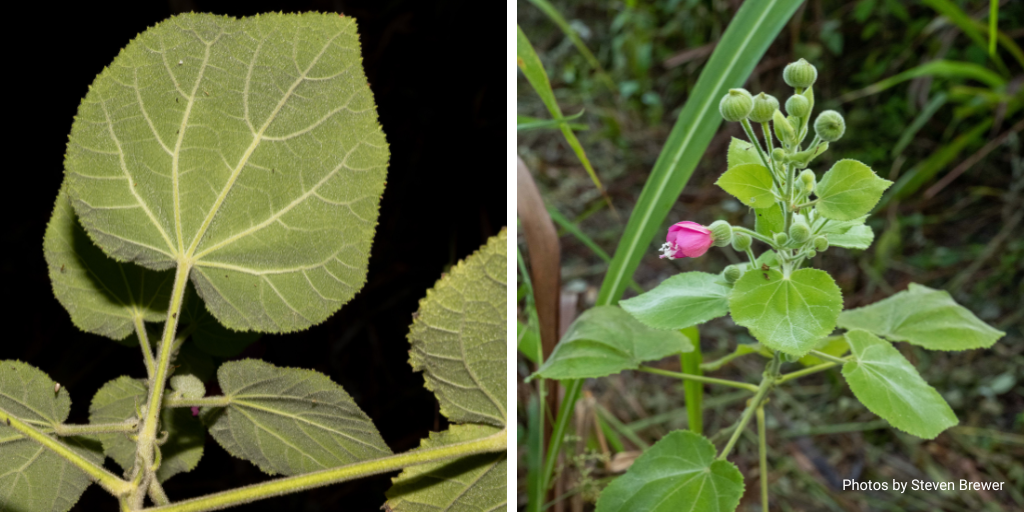 Pavonia malacophylla.
Pavonia malacophylla.
The case of Hauya elegans
In June of 2019, I traveled deep into the southwestern Chiquibul Forest with a Forest Department team led by German Lopez, Lewis Usher, and Michael Burton. We were there to visit two permanent plots to identify some unidentified trees in the plots; I was especially excited to revisit one of those species that was not reproductive the year before. That species was perplexing: neither I nor any of my colleagues could identify it even to family. Later, I found out why.
After some searching and a lot of neck craning during the return visit to the Chiquibul, I could make out flowers on some of the trees. We were in business! The flowers were big, thick, and spectacular, despite quickly losing their white, fragile petals after opening. It seems that after pollination the petals fall off and the rest of the flower turns a brilliant crimson.
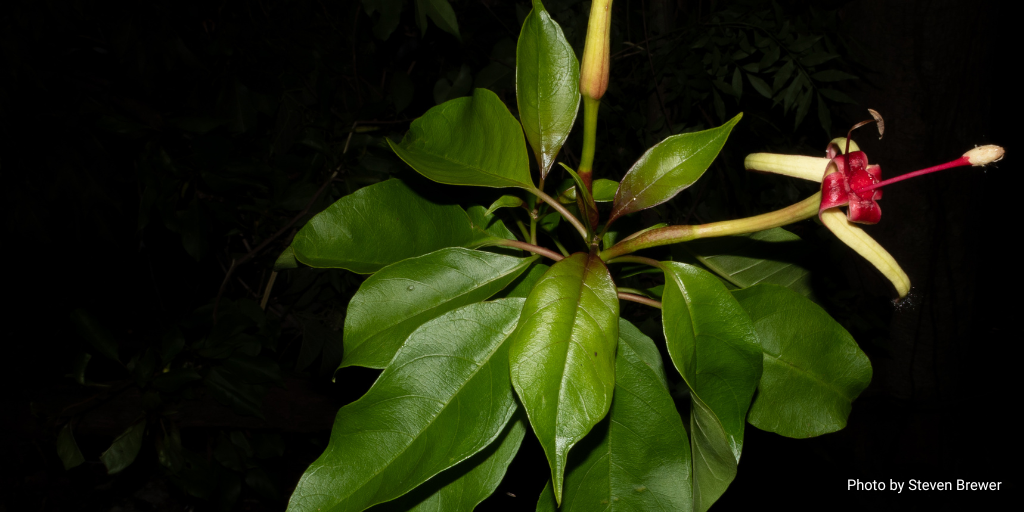 Hauya elegans flower and flower bud.
Hauya elegans flower and flower bud.
A quick examination revealed why identifying the tree to family had been so difficult without flowers. It belongs to a plant family made up primarily of herbs and a few shrub taxa. The trees have flower parts in 4’s, an inferior ovary, and versatile anthers (connected at the middle) – classic characters of the Onagraceae, a largely North American family I know well from the U.S. The family is best known in the tropics for the ornamental tropical shrub Fuschia.
Only Hauya, with just two species, is a tree. (Fun fact: Hauya was named after the “Father of Modern Crystallography,” René Just Haüy.)
Hauya elegans was collected only once for Belize, along the Belize-Guatemala border in 1936. Where we found it, the species was an abundant, even dominant tree on some of the surrounding low, limestone hills and slopes. How could something like this be missed? Further digging into the literature on this species shows that Hauya populations elsewhere are infrequent – therefore not necessarily easily detected – but are common in the patches where they do occur.
Hauya has club-shaped fruits that split open, shaking in the wind and sending the winged seeds out into the world. Winged seeds must be light to travel far by the wind, so they can’t carry large food reserves. With low food reserves to produce roots and withstand shade, winged seeds must land on bare soils in openings with instant access to water, light, and nutrients. It is likely that this tree too requires disturbance for recruitment. Hauya’s rarity suggests limitations on seed dispersal and possibly restricted habitat requirements. Most of the trees we found were of the same size, suggesting “pulse recruitment” from seeds dispersed by a disturbance event such as a hurricane. Since disturbances are common in tropical forests, Hauya may also need a certain combination of conditions associated with a disturbance to recruit successfully from seed. Unlike soft-leaved pavonia, however, Hauya is capable of being locally abundant under the right conditions.
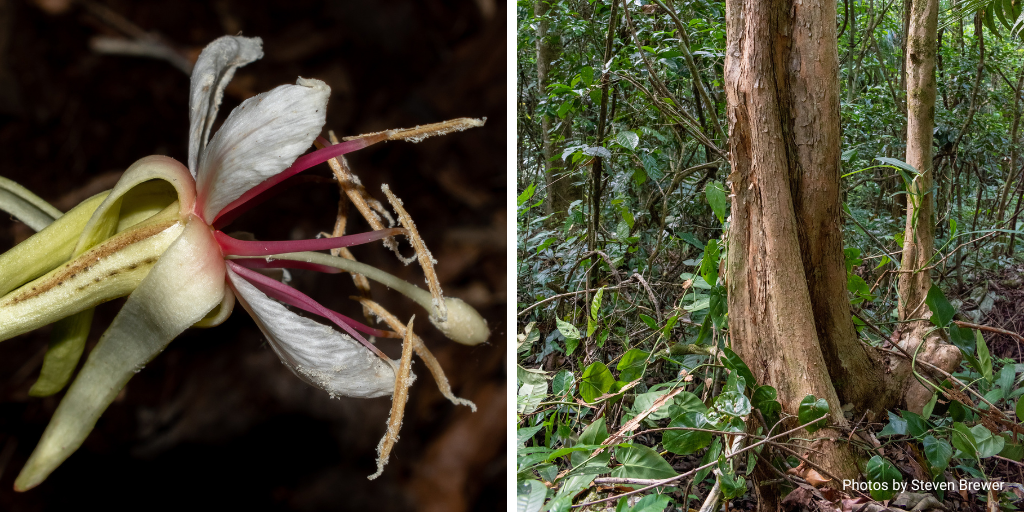 Hauya elegans flower with petals (left), and Hauya elegans trunk (right).
Hauya elegans flower with petals (left), and Hauya elegans trunk (right).
I am currently en route to Belize and looking forward to reconnecting with colleagues in our search for rare and undocumented plants for Belize.
Dr. Steven Brewer leads our Trees of Belize Project. Learn more about our collaborative work in Belize, and please join us by donating today.


